The first time I played Tokaido, I completely misunderstood the pace of the game. I sprinted ahead like a tourist with a checklist, racing from inn to inn while the other players lingered at scenic viewpoints and hot springs. By journey’s end, I’d completed the route in record time and scored dismally, while my friend Mark, who’d taken his time at nearly every attraction, had nearly doubled my points. “It’s not about the destination,” he said with a somewhat smug smile as we tallied scores. “It’s about the journey.” A bit on the nose, perhaps, but he wasn’t wrong.
Sixty-something games later (I stopped keeping precise count after forty, though Linda insists it’s closer to seventy-five), I’ve developed what I think is a nuanced understanding of journey pacing in Tokaido. What initially appears to be a simple race or non-race turns out to be a delicate dance of timing, blocking, and opportunity cost evaluation that varies dramatically based on player count, traveler abilities, and the emergent landscape of the journey itself.
My gaming group has a running joke about my “Tokaido transformation.” According to them, I visibly shift from my normally analytical self to a more contemplative, almost zen-like state when we play. “David’s entered journey mode,” Pete will announce when he sees me examining the board with that particular expression. I can’t dispute the observation—there is something about Tokaido that encourages a different mode of strategic thinking, one that balances opportunism with patience in a way few other games require.
The fundamental principle that guides effective journey planning in Tokaido is what I call “value density”—understanding how many points each stop is likely to yield and how that value changes as the journey progresses. Certain locations, like panoramas, increase in value with each visit. Others, like farms, provide relatively consistent returns. And some, like encounters, vary wildly based on the specific cards available. Recognizing these patterns allows for more informed decisions about when to move quickly and when to linger.
This concept of value density crystallized for me during a game with our regular Wednesday group. I had been tracking my points-per-stop ratio and noticed that early farm visits were yielding about 3 coins (1 point) per stop, while completed panoramas in the later segments were worth 3-5 points per stop. This quantifiable difference in value density fundamentally changed my approach to early-game movement, making me less hesitant to sprint through lower-value regions when necessary.
The traveler-specific abilities in Tokaido create natural pacing tendencies that should inform your journey planning. Characters like Satsuki (who earns extra coins at farms) or Yoshiyasu (who gains additional encounter cards) benefit from visiting specific locations more frequently, while others like Hirotada (who starts with extra coins) have greater flexibility in their movement patterns. Aligning your pacing with your character’s strengths creates compounding advantages throughout the journey.
I remember watching my friend Sarah play as Kinko, whose ability to earn additional coins at villages creates a natural incentive to visit shops frequently. Rather than adjusting her pace to capitalize on this advantage, she moved at the same rate she would with any other character. When I asked about this afterward, she explained that she didn’t want to “seem predictable” by always stopping at villages. While I appreciated the meta-gaming attempt, the mathematics were clear—her character’s ability was worth approximately 5-7 extra points over the course of the game, an advantage she sacrificed for positional considerations that yielded no clear benefit.
The player count dramatically impacts optimal journey pacing in ways that aren’t immediately obvious. In a two-player game, the leading player will always move next, creating a rhythm where the player in back makes two consecutive moves before the leader moves again. This pattern allows for entirely different blocking and spacing strategies than in games with more players, where the movement dynamics become increasingly complex.
This realization hit me during a two-player game with Linda, where she consistently manipulated this movement pattern to deny me access to completed panorama sets. By carefully timing her moves to stay just behind me in key segments, she could essentially control my pace, forcing me to either skip valuable locations or move inefficiently to break the pattern. The resulting 12-point swing in panorama scoring made a decisive difference in the final tally, teaching me that pacing in Tokaido isn’t just about your own journey but about controlling your opponents’ rhythms as well.
The inn stops, which punctuate the journey at regular intervals, create natural segmentation that shapes pacing decisions. The compulsory nature of these stops, combined with the last-in-first-out turn order they establish, introduces fascinating tactical considerations about when to trigger these transitions. Being the last to arrive at an inn grants you first choice of meal and first movement after the break—advantages that can sometimes outweigh the benefits of visiting an extra attraction.
I’ve found that the optimal timing for inn arrival varies between the different segments of the journey. In the early game, maximizing attraction visits usually provides greater value than securing turn order. By the middle inns, however, the strategic advantage of moving first in the next segment often outweighs the marginal points from an additional stop, particularly if that movement priority allows access to high-value or limited-availability attractions immediately after the inn.
This tactical approach to inn timing became clear during a game where I deliberately rushed to the second inn, skipping two relatively low-value stops, to ensure I moved first in the third segment. This priority movement allowed me to claim the last hot spring space before another player could reach it, completing my set for maximum scoring. The four points I sacrificed by skipping attractions were more than offset by the seven-point hot spring completion bonus I secured through positional advantage.
The spatial distribution of different attraction types creates natural “value clusters” along the journey that should influence your pacing decisions. Recognizing these high-density regions and adjusting your speed to capitalize on them—slowing down when approaching valuable clusters and potentially accelerating through sparser sections—can significantly improve your overall scoring efficiency.
During a recent game, I noticed an unusual concentration of encounter and souvenir opportunities in the middle segment of the journey, with relatively fewer high-value stops in the second section. Rather than maintaining a consistent pace, I deliberately rushed through the second segment, accepting suboptimal points-per-stop in exchange for reaching the richer middle region before other players could claim the most valuable opportunities. This dynamic pacing adjustment resulted in one of my highest scores ever, despite looking somewhat haphazard to less experienced players.
The evolving landscape of the journey—how the board state changes as players claim locations and cards—necessitates continuous reevaluation of pacing strategies. What begins as a relatively open path becomes increasingly constrained, with certain attractions exhausted and others increasing in value as sets near completion. Effective journey planning requires not just initial strategy but adaptive reassessment as the route develops.
I witnessed a perfect example of this adaptive pacing during a game with my colleague Jim, who approaches Tokaido with almost mathematical precision. In the early segments, he moved deliberately, stopping at nearly every attraction. As the journey progressed and certain location types became scarce, he dramatically accelerated his pace to claim specific high-value stops before they disappeared, sometimes skipping three or four intermediate attractions to secure a crucial final panorama or hot spring. This willingness to shift gears based on evolving board conditions resulted in remarkably efficient scoring despite looking somewhat erratic to casual observers.
Blocking strategies—deliberately occupying spaces to deny others access—represents one of the more aggressive applications of pacing manipulation in Tokaido. While the game’s serene aesthetic might suggest otherwise, effective blocking through calculated movement can create significant scoring differentials, particularly when denying completion bonuses for collections or panoramas.
The effectiveness of blocking varies dramatically by player count. In a two-player game, blocking is a precise instrument, with clear sight lines to what your single opponent needs. With four or five players, blocking becomes more speculative, as the likelihood that any particular block will affect the player you’re targeting diminishes. I’ve found that in higher player count games, blocking should generally be opportunistic rather than the primary focus of movement decisions, while in two-player games, it can form the backbone of an effective strategy.
During a particularly competitive two-player game with my son Alex, I employed what he later described as “the most annoying blocking strategy ever.” Recognizing his focus on completing the mountain panorama, I deliberately paced my movement to claim each mountain view space just before he could reach it. The strategy required sacrificing several otherwise valuable stops on my part but denied him a potential 13-point panorama completion. The resulting frustration (“Dad, you’re not even trying to win, you’re just trying to make me lose!”) underscored the emotional impact effective blocking can have, though I maintain it was simply optimal strategic play.
Donation spaces present unique pacing considerations due to their diminishing returns mechanism. The first player to donate receives higher point values, creating an incentive for early visits that must be weighed against other opportunities. I’ve found that the optimal timing for donations varies significantly based on player count—in two-player games, securing the highest value donation quickly is often worth rushing for, while in four or five player games, the increased competition makes mid-journey donations more situationally valuable.
This donation timing insight emerged during a series of games with varying player counts. In our two-player games, Linda and I would frequently race for the first donation space, recognizing the substantial 3-point difference between first and second donations. In our regular four-player sessions, however, I noticed that the players who rushed to donations often sacrificed more valuable opportunities elsewhere, while more patient approaches yielded better overall results despite receiving slightly lower donation values.
The encounter deck’s changing composition throughout the journey creates another layer of pacing considerations. As encounters are drawn, the probability of receiving specific card types shifts, potentially increasing or decreasing the expected value of future encounter stops. Tracking these probability changes can inform more effective journey planning, particularly for characters with encounter-focused abilities.
My friend Rachel, who keeps mental track of cards with remarkable accuracy, uses this probabilistic approach to encounter timing with devastating effectiveness. During a memorable game, she deliberately delayed her encounter visits in the early journey, noting that several high-value encounter cards had already been drawn. In the final segment, when the deck had been refreshed with the reshuffled discard pile, she prioritized encounters and secured three particularly valuable cards that significantly contributed to her narrow victory. This demonstrated how awareness of deck composition can transform seemingly luck-based elements into strategic advantages.
The souvenir collection mechanism introduces interesting timing tensions between early purchasing for set completion and delayed purchasing for optimal selection. Moving quickly to souvenir shops in the early journey provides more time to complete sets but offers fewer choices at each stop. Conversely, patient purchasing later in the journey presents more options at each shop but provides fewer total opportunities to complete collections.
This purchasing timing dilemma became apparent during a game where I experimented with a deliberately delayed souvenir strategy. Rather than visiting shops at every opportunity, I waited until the middle segment to begin my collection, which allowed me to select specific items that would create completed sets with minimal redundancy. While I ultimately acquired fewer total souvenirs than Linda (who visited shops consistently throughout), my higher completion bonus for perfect set matching resulted in equivalent scoring with greater efficiency—a demonstration of how intelligent timing can sometimes outperform simple maximization.
The hot spring spaces present perhaps the clearest example of how value changes throughout the journey. With limited availability and set collection scoring, the value of each hot spring visit increases as you acquire more, making their timing particularly important. I’ve found that securing at least one hot spring in the early journey, regardless of other considerations, provides flexibility for more strategic timing decisions later when their point value potentially doubles or triples with set completion.
During a five-player game that featured unusually aggressive competition for hot springs, I observed how significantly timing affected their value. The player who visited hot springs opportunistically throughout the journey managed to collect three, scoring 9 points. Meanwhile, I focused on securing specific hot springs at key moments when I could complete a set, ultimately visiting only two but scoring 6 points—twice the per-visit efficiency through more deliberate timing.
The meal selection at inns introduces another timing element that interacts with journey pacing. Higher-cost meals generally provide better point-per-coin value but require accumulated wealth. This creates a tension between moving quickly to claim preferred meal options and moving slowly enough to accumulate sufficient coins for optimal purchases.
I’ve experimented with various approaches to this meal timing challenge and found that prioritizing at least one early farm visit before the first inn typically provides the necessary financial foundation for effective meal strategy throughout the journey. This insight crystallized during a game where I deliberately visited two farms before reaching the first inn, sacrificing a potentially valuable panorama stop in the process. The resulting coin advantage allowed me to purchase optimal meals at each subsequent inn, generating a surprising 5-point advantage in meal scoring alone by journey’s end.
Meta-game awareness—understanding how your regular playing partners approach the journey—can dramatically influence optimal pacing decisions. In our regular group, Pete typically rushes forward at every opportunity, while Sarah tends to linger at each valuable stop. Recognizing these tendencies allows for more effective positional play, sometimes deliberately breaking your optimal pattern to capitalize on predictable opponent movements.
During a game with our Tuesday night regulars, I noticed Mark consistently moving to create maximum distance from the player behind him—a pattern he’d displayed across multiple games. Recognizing this tendency, I deliberately remained close behind him in key segments, knowing he would likely accelerate to create separation, thus opening valuable stops for me that would otherwise have been claimed by other players. This meta-strategic awareness produced several high-value opportunities that wouldn’t have existed without understanding his characteristic pacing preferences.
After all these games and all this analysis, perhaps the most important insight I’ve gained about journey planning in Tokaido is that there is no universally optimal pace. The “correct” movement pattern emerges from the specific combination of traveler abilities, player count, board state, and opponent tendencies present in each unique game. What remains consistent is the need for deliberate, adaptive pacing that responds to the evolving landscape rather than adhering to fixed patterns.
I still occasionally find myself rushing too quickly through certain segments or lingering too long in others. But those missteps have become rarer as I’ve developed a more intuitive understanding of how value distributes across the journey and how timing affects opportunity access. There’s something deeply satisfying about executing a perfectly paced journey, where each stop feels like exactly the right choice at exactly the right moment.
And really, isn’t that the essence of what Tokaido is trying to simulate? The art of appreciating each moment while still reaching your destination with a collection of meaningful experiences. Now if you’ll excuse me, I need to go convince Linda that we absolutely need to play “just one more quick game” before bed. I have a theory about donation timing that I’m dying to test.

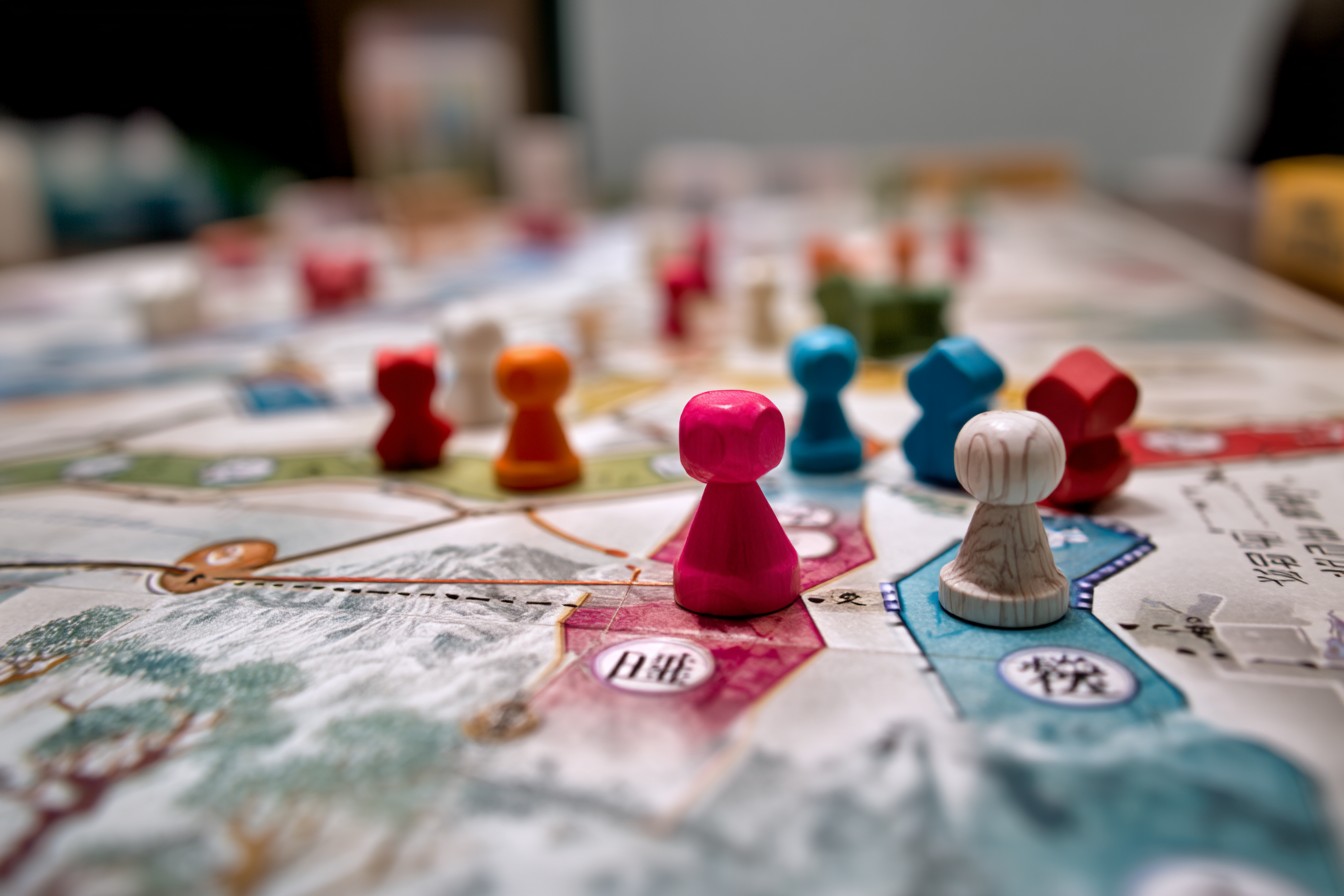
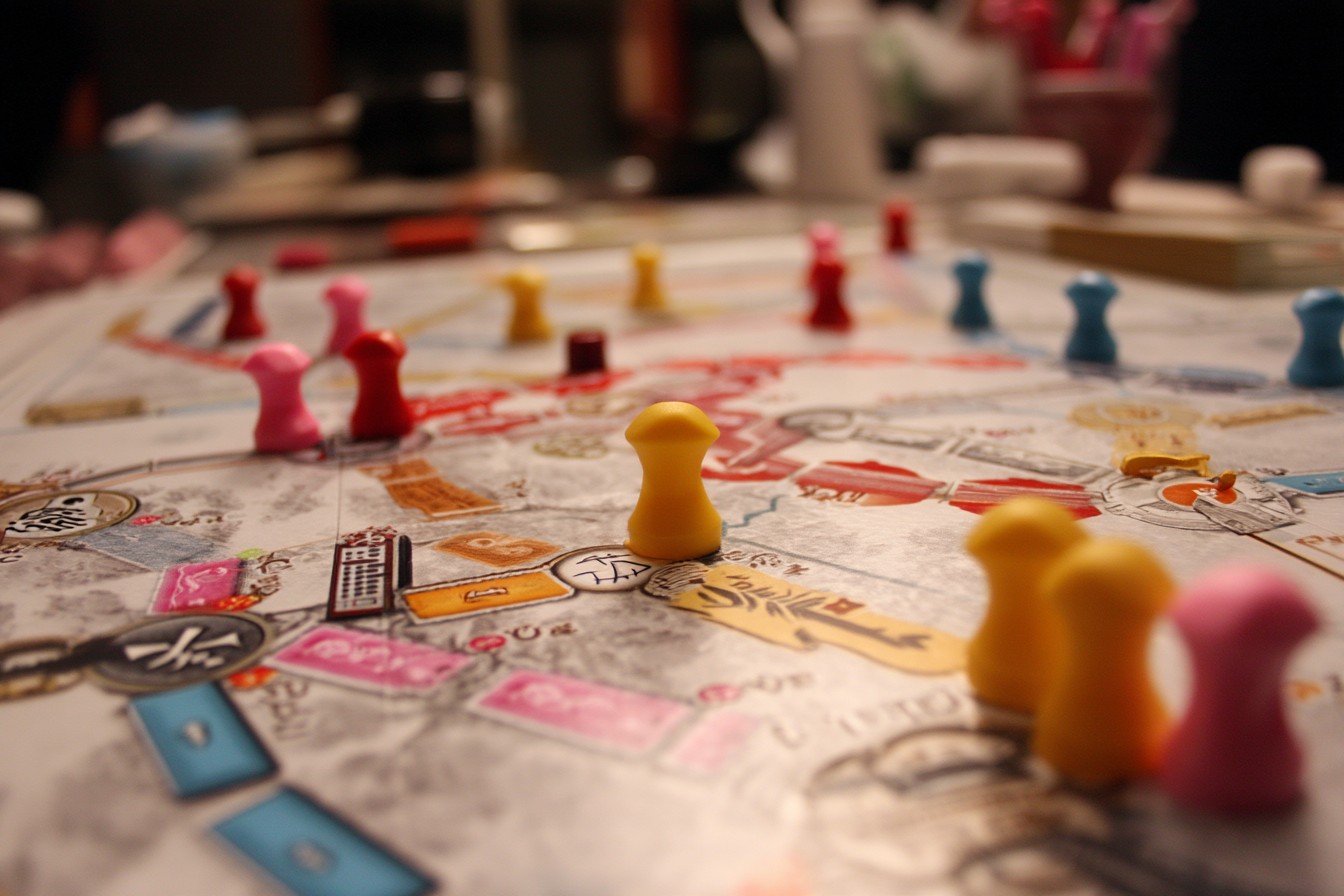
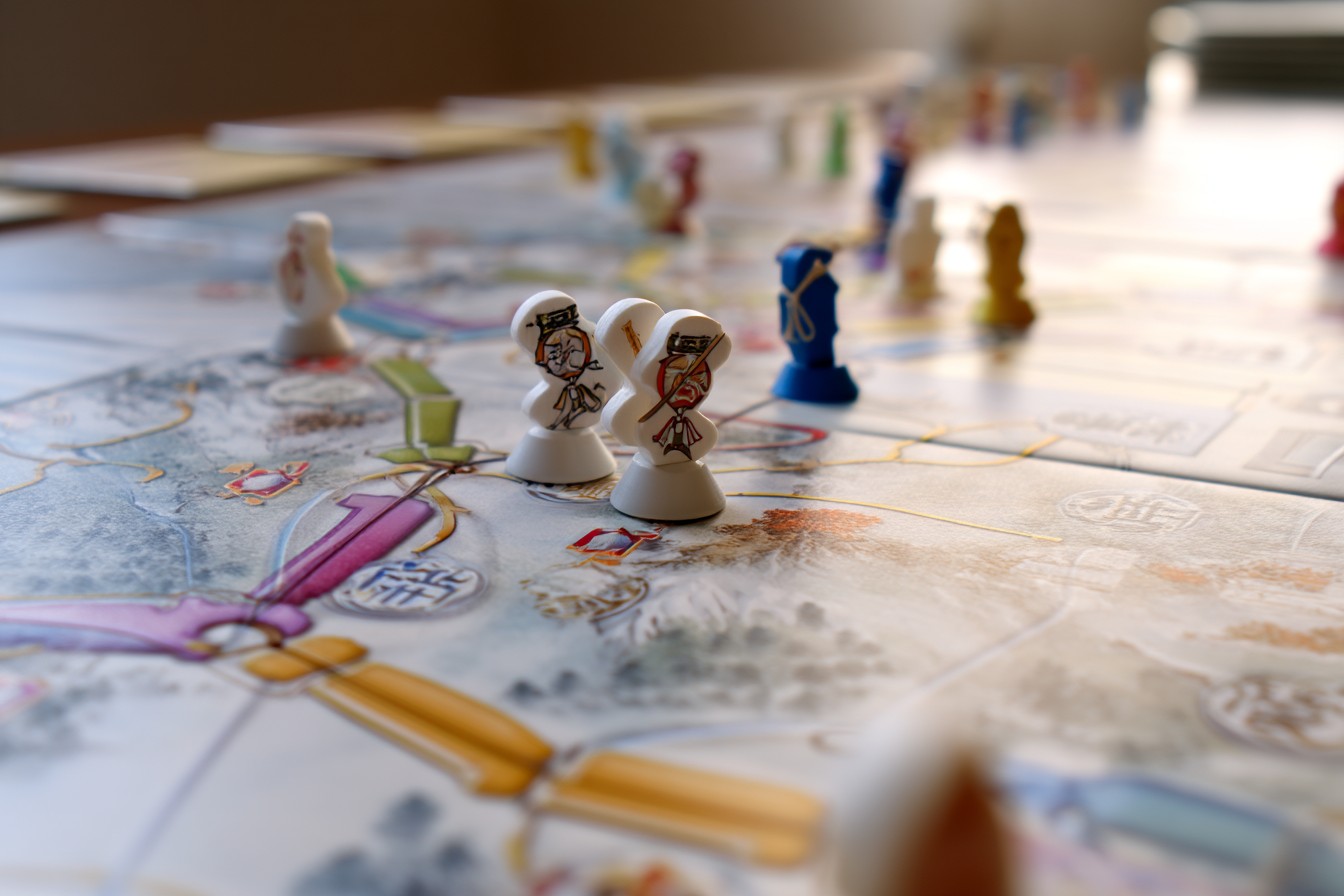
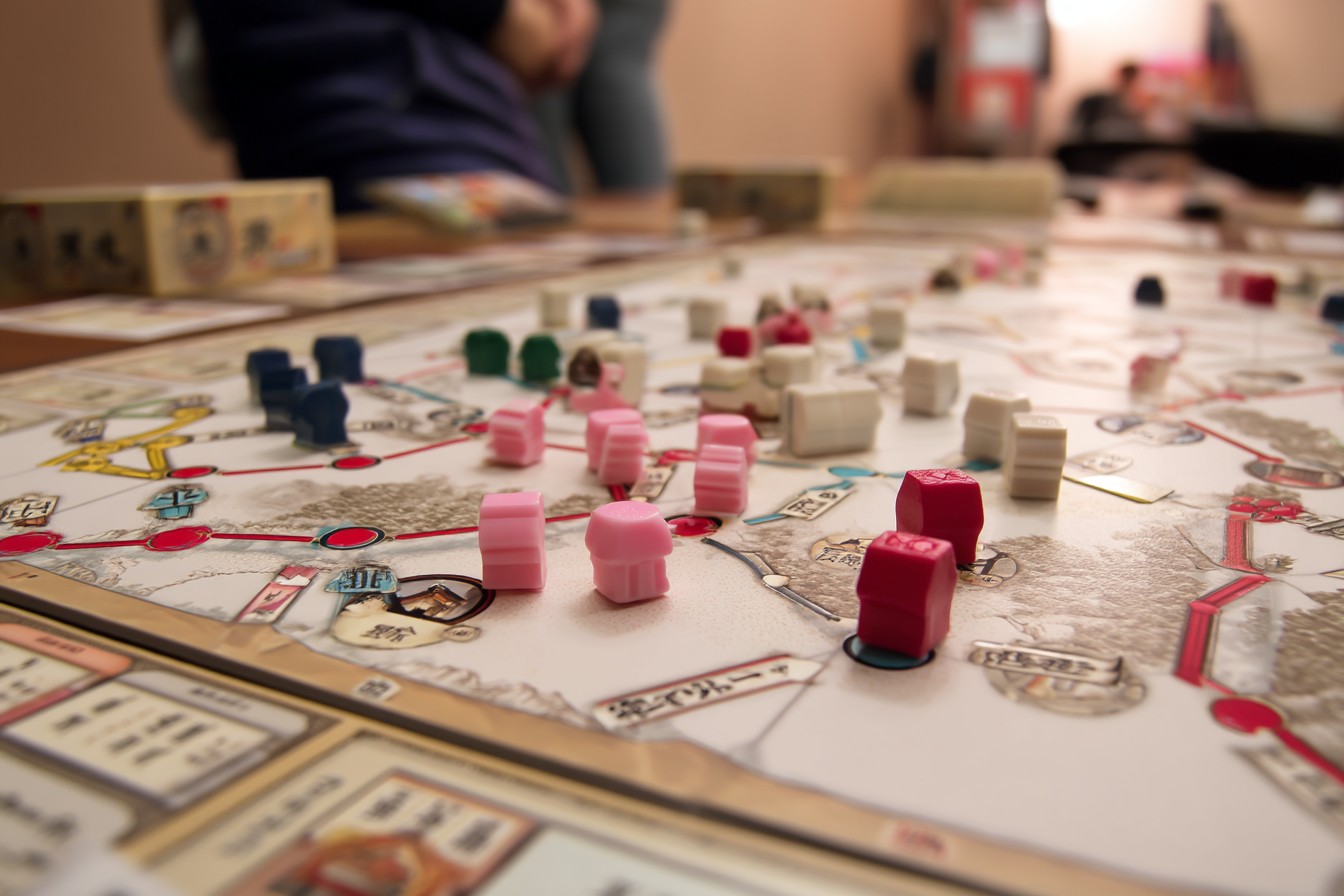
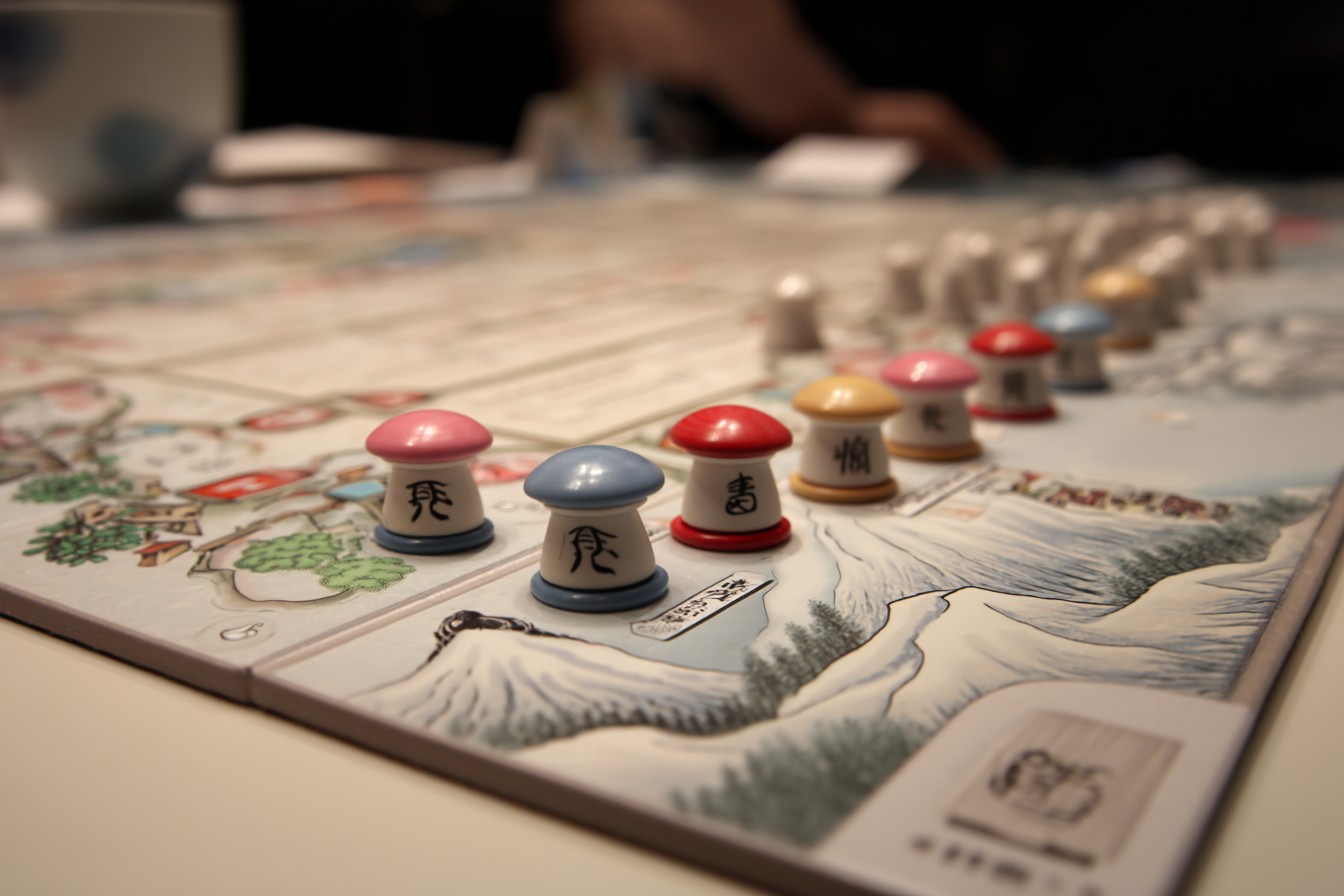
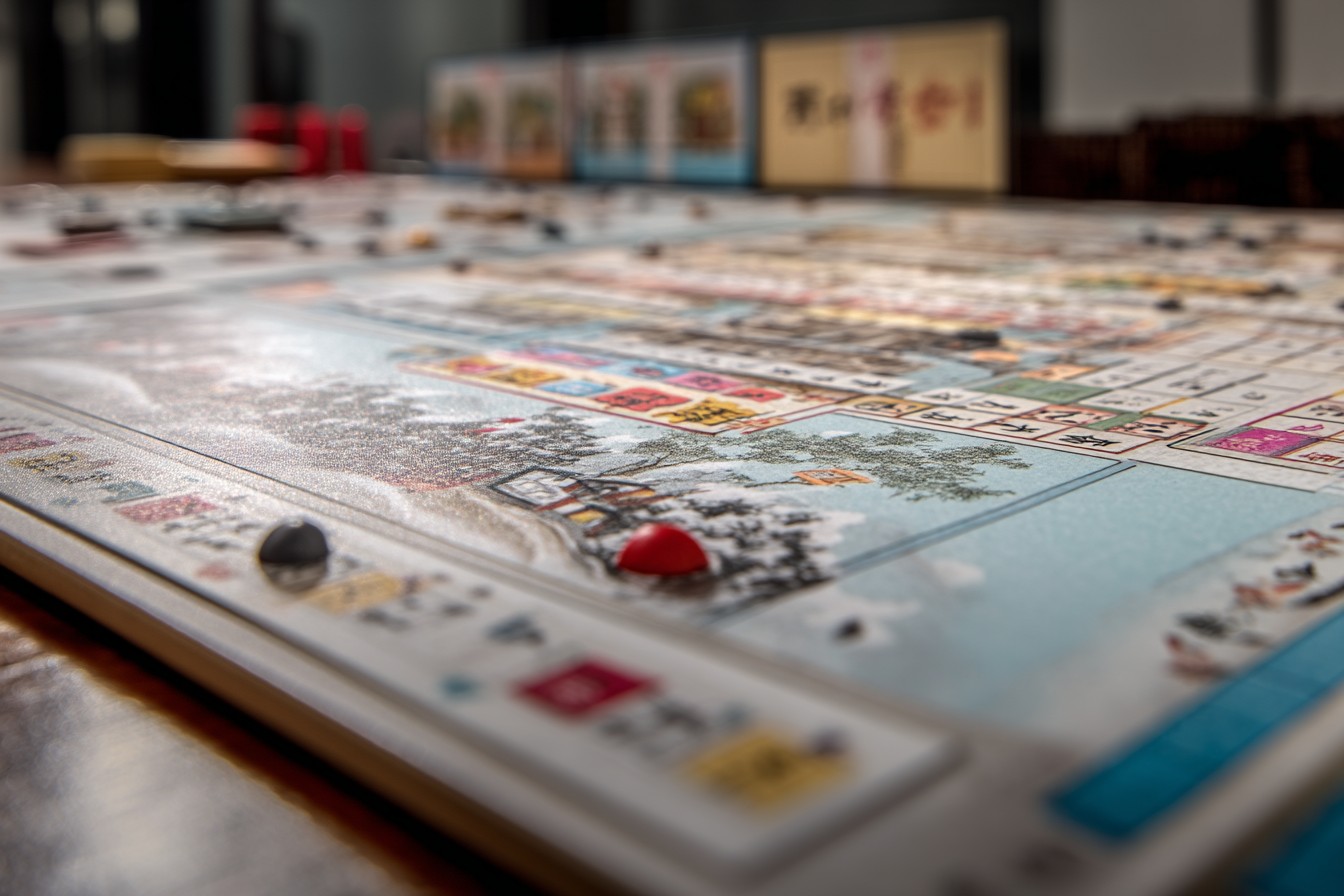
Leave a Reply